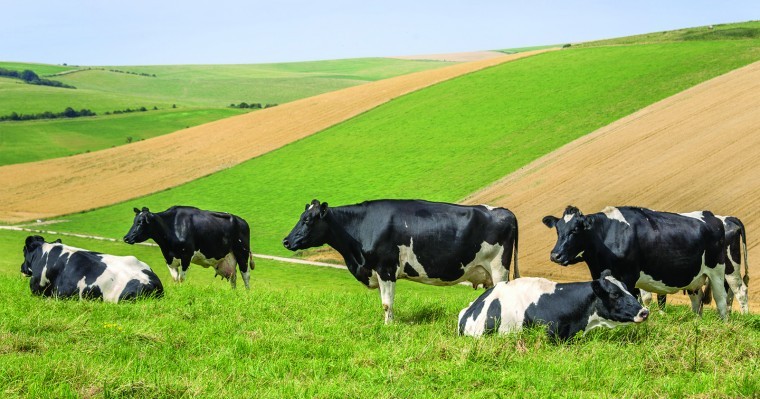With cuts to the price of milk, farmers are again being paid less than the cost of production. “This is a horrendous time,” George Dunn, chief executive of the Reading based Tenant Farmers Association told the environment, food and rural affairs select committee of the House of Commons.
With more tenant farmers in dairying than other sectors of agriculture, Mr Dunn said they were particularly vulnerable because rents were set in better times. More than 400 dairy farmers have gone out of business so far this year compared to 200 who went out in the whole of last year. The situation will get tougher in the run up to Christmas and the new year and we may pass the milestone of going below 10,000 milk producers in England and Wales which would be very sad.”
Mr Dunn was taking his figures from the latest data on producer numbers published by DairyCo, the industry’s information service. This showed that producer numbers for England and Wales stood at 10,047 at the beginning of November, a fall of 17 from the previous month. In November 2003, there were 16,500 producers in England and Wales. The South East has many fewer dairy farms than most other regions, but has suffered a proportionally greater loss than any other region with 22 fewer dairy farms – or 8.8% less – than the 251 there were in November last year.
Mr Dunnwas joined by Rob Harrison from the NFU and David Handley from Farmers For Action in telling the MPs that dairy farmers are now paid about 27p for a litre of milk, down from around 33p per litre in the spring. The average cost of production is just over 30p.
He and Mr Handley agreed that the voluntary dairy industry code of practice covering milk contracts has been ineffective. Too few producers have signed up to the code and it says little about “the processor/retailer end of the sector,” said Mr Dunn. He argued for the powers of Christine Tacon, the groceries code adjudicator, to be extended to cover the pricing mechanisms between farmers and processors in the dairy sector.
“We know how much is paid for milk on the farm and how much it sells for on retailers’ shelves,” he added. “What we don’t know is what margin he takes out from that amount of money.”




